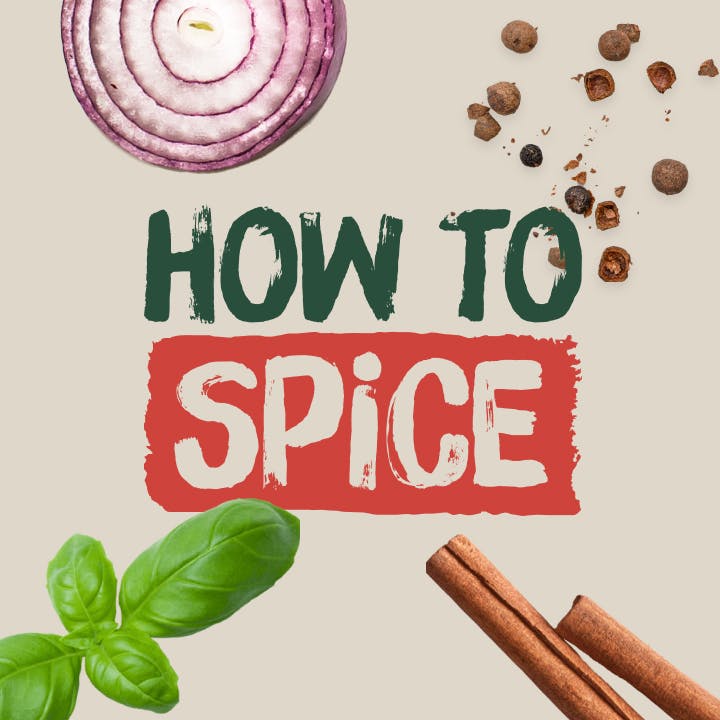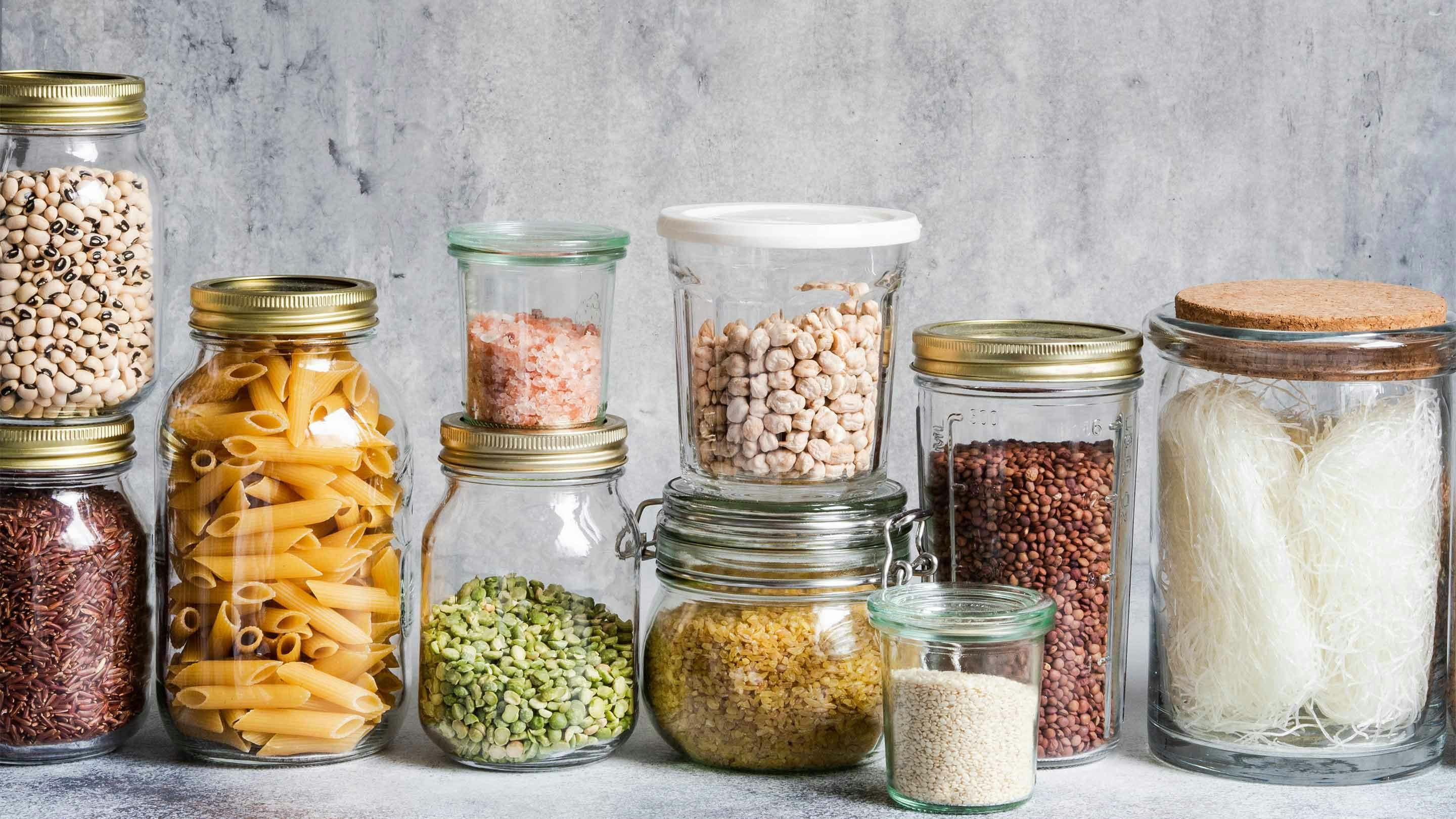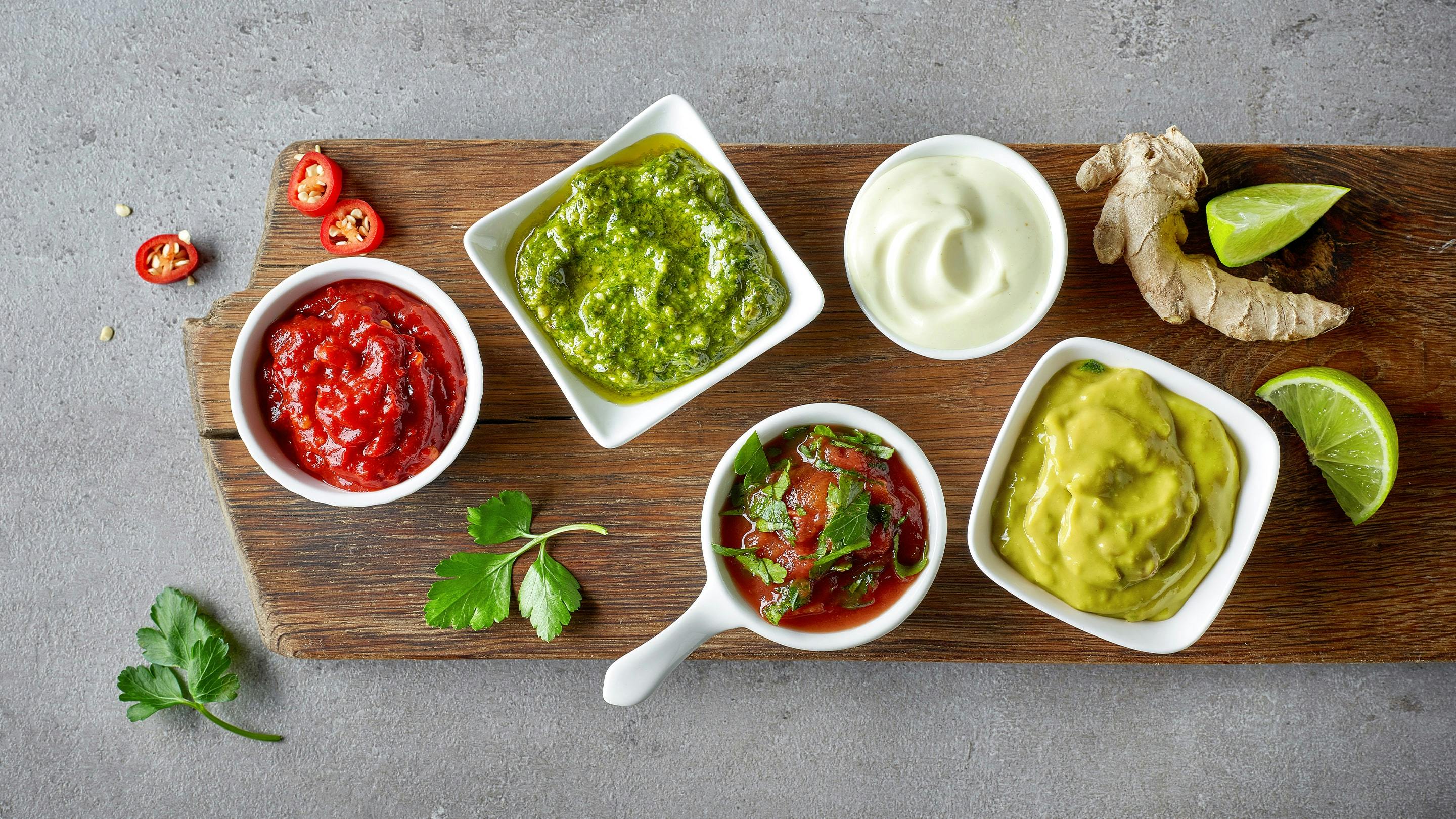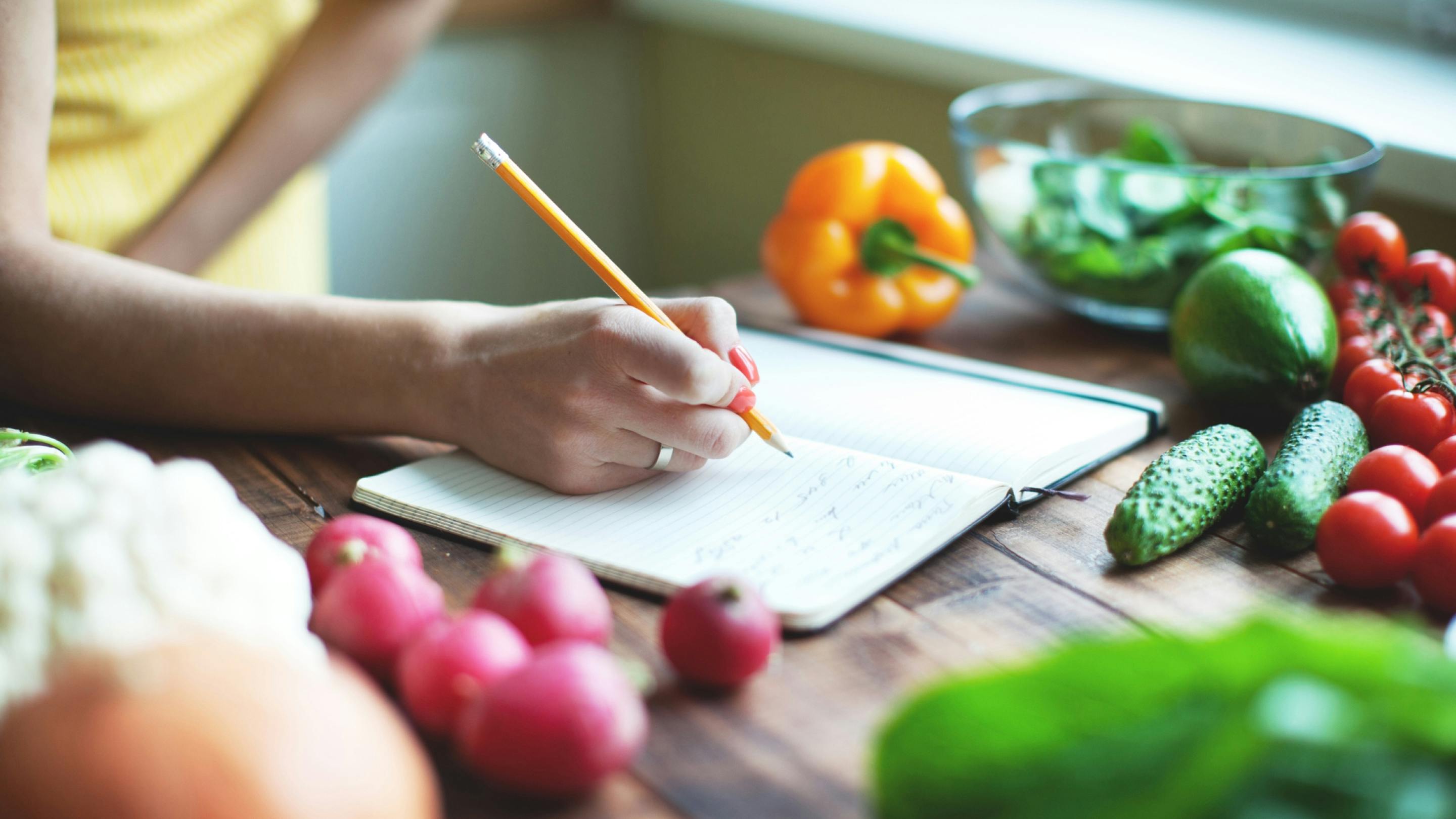
Discover our spice hub
Sometimes you just can't get enough of spices: Learn all about how to elevate your dishes in our new knowledge base!
Producing as little waste as possible is one of the most important pillars of sustainable living. And as experience shows that most waste is produced in the kitchen, simple steps can make a big difference here.
On the one hand, it is packaging waste, on the other hand food waste that is produced in the kitchen. Conscious shopping, better planning and optimal use can bring you much closer to your zero-waste goal. We have collected some practical and flavourful tips for you.
Think ahead when shopping
Zero waste starts at the supermarket. It makes sense to plan your meals for several days ahead, think through possible uses for ingredients, and shop accordingly. Meat and fish ingredients should always be used quickly, and you have more time with vegetables. You are more than allowed to be creative: most recipes allow you to swap out similar ingredients from time to time.
Favour reusable solutions
Now to the topic of packaging waste: when you keep an eye on reducing it as much as possible, you’re moving into the right direction. Even though some plastic packaging has now been replaced by paper or biodegradable material, except for certain perishable fruit and vegetables, the most sustainable way is to avoid packaging altogether. In many cities, you can now find package free shops where goods are sold by weight.
Choose unpackaged food in the supermarket too, if possible. Fruit and vegetables are often available unpacked, and you can also have the goods packed in your own box in the delicatessen department. Of course, we also recommend visiting farmers’ markets or farm shops. Here, the food is usually unpackaged or packaged in reusable containers.
Enjoy food for longer
There is one basic rule: if it still smells, looks and tastes good, it is still alright to eat. Many people are overly influenced by the best-before date and throw food away far too early. Therefore: Pay attention to your senses! At Kotányi, we have labelled some products “Too good to go” as a reminder that the best-before date should not be confused with an expiry date!
You can also keep your food fresher for longer with the right fridge organisation. We have briefly summarised in a video what you should pay attention to.
Use the ice cube trick
Make the ice cube tray a constant companion in your everyday kitchen routine. Many leftovers can be stored in small frozen portions for a long time and defrosted when needed: Wine, milk or whipped cream, for example. And it’s not just pure liquids that you can pour into ice cube moulds – you can also use fresh herbs. Chop them up, put them in the moulds and top up with oil. This way, you always have a small dose of freshness in stock for your recipes.
Process vegetables completely
Many vegetables are completely edible, from the stalk to the tip of the leaf. Often carelessly thrown away radish leaves or carrot greens, for example, contain numerous vitamins and minerals. They are ideal for pesto or as a flavourful ingredient in smoothies. The stalk of broccoli or cauliflower can also be used – for example, in a hearty soup. In principle, you should freeze all vegetable scraps, from carrot and onion peel to celery leaves. Once the freezer bag is full, you have an ideal base for a delicious vegetable stock.
title
We would also like to share one tip with you: Potato peels, which are likely to be quickly thrown away in your organic waste, can become your new sofa snack. Simply mix with olive oil, salt, pepper, and paprika powder and bake in the oven to make crisps. Old bread can also be given a new life. Cut it into small cubes, refine it with a little butter and garlic or herbs and toast briefly in the oven. The crispy croutons are a great addition to any cream soup! Or simply put the hard bread in a blender and use it to make breadcrumbs for schnitzels, fish fingers or vegetable pancakes.
We certainly don’t need to mention that growing your own vegetables and herbs or using home compost reduces the amount of waste. If you don’t have the opportunity to do this, then please use seasonal, regional products. And: avoid using disposable products in the kitchen such as foil (try beeswax cloths!) or baking paper (we recommend reusable baking mats or simply a well-greased, floured baking tray).
Even if it seems almost utopian to truly create “zero” waste: If you follow our advice, the waste in your kitchen will definitely be decimated. Thank you for enjoying reducing your carbon footprint.
More Zero Waste articles:
Currently Viewing: 1 of 0
Spice up the web! Share this article on...
Read more
Currently Viewing: 1 of










